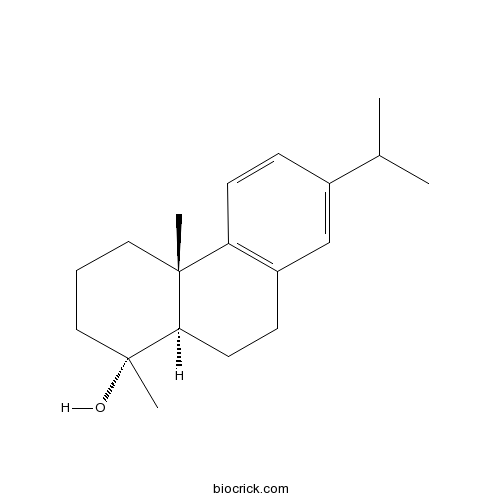Products for Diterpenoids
-
BCN1494
18-Nor-4,15-dihydroxyabieta-8,11,13-trien-7-one
Botanical source: The barks of Pinus yunnanensis(CAS NO.:213329-46-5)
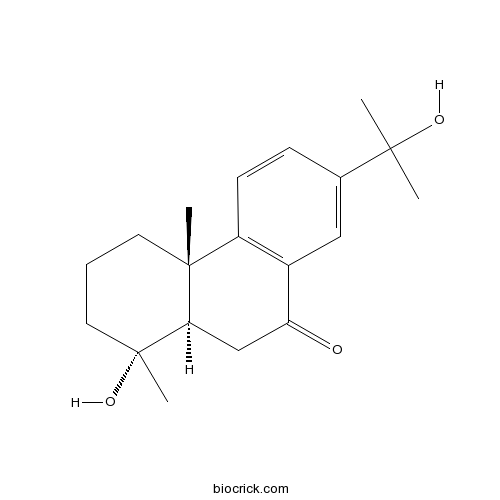
-
BCN7415
2-Deacetyltaxachitriene A
Botanical source: The seeds of the Chinese yew Taxus chinensis(CAS NO.:214769-96-7)
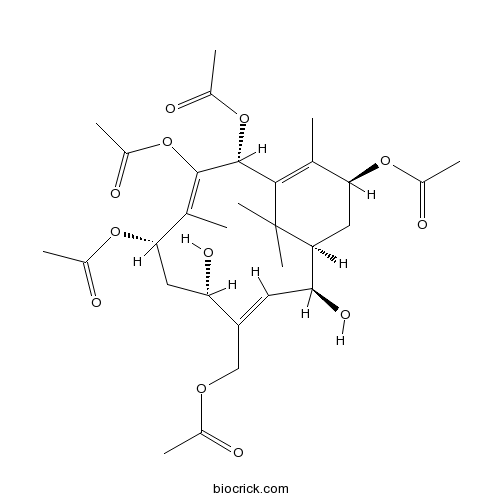
-
BCN2894
Bruceine D
Bruceine D is a Notch inhibitor with anti-cancer activity and induces apoptosis in several human cancer cells. Bruceine D is an effective botanical insect antifeedant with outstanding systemic properties, causing potent pest growth inhibitory activity.(CAS NO.:21499-66-1)
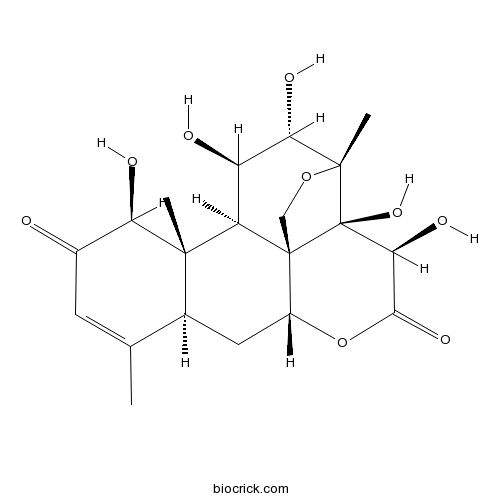
-
BCN7619
Bruceine E
Botanical source: The seeds of Brucea javanica (L.) Merr.(CAS NO.:21586-90-3)
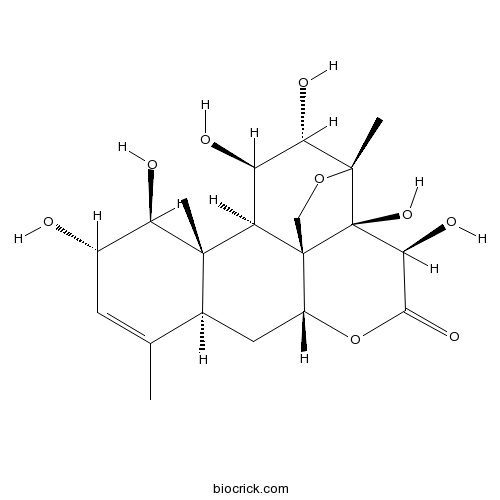
-
BCN1491
15,16-Epoxy-12S-hydroxylabda-8(17),13(16),14-triene
Botanical source: The barks of Pinus yunnanensis(CAS NO.:216011-55-1)
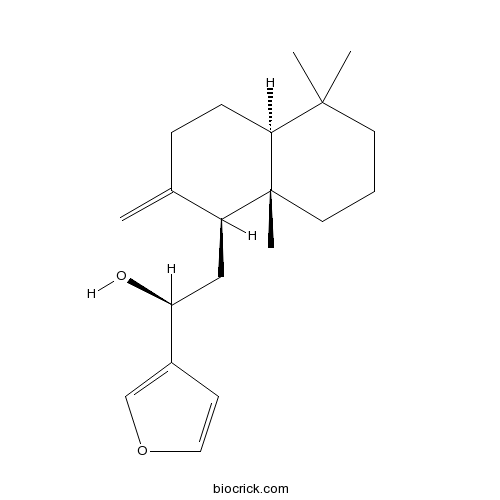
-
BCN3146
15-Epi-Danshenol-A
Botanical source: The roots of Salvia miltiorrhiza(CAS NO.:216987-13-2)
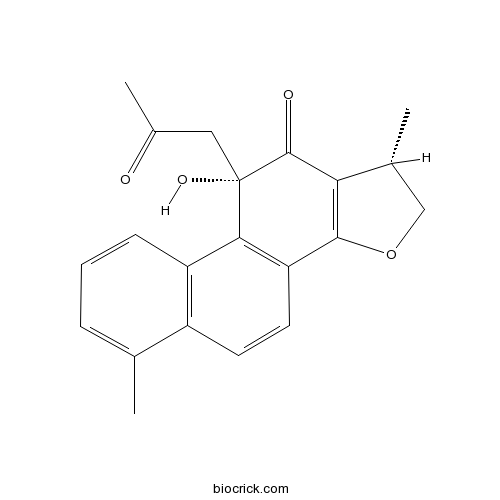
-
BCN3776
Hugorosenone
Botanical source: The herbs of Euphorbia ebracteolata(CAS NO.:217096-49-6)
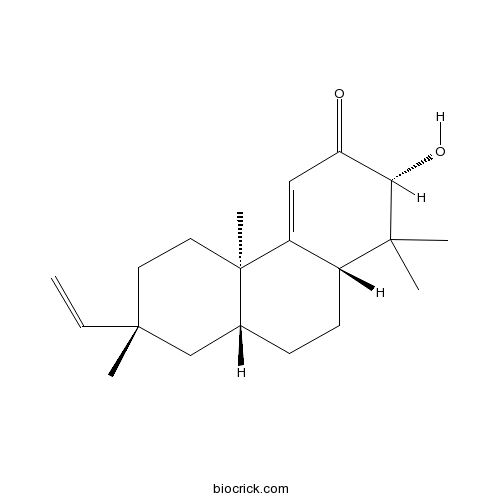
-
BCN4936
Horminone
Botanical source: The herbs of Salvia japonica Thunb.(CAS NO.:21887-01-4)
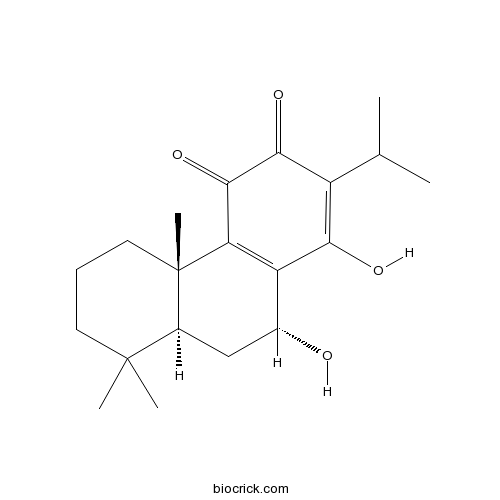
-
BCN3783
Euphorbia factor L2
Euphorbia factor L2, a lathyrane diterpenoid isolated from caper euphorbia seed (the seeds of Euphorbia lathyris L.), has been traditionally applied to treat cancer. Euphorbia factor L2 shows potent cytotoxicity and induces apoptosis via a mitochondrial pathway.(CAS NO.:218916-51-9)
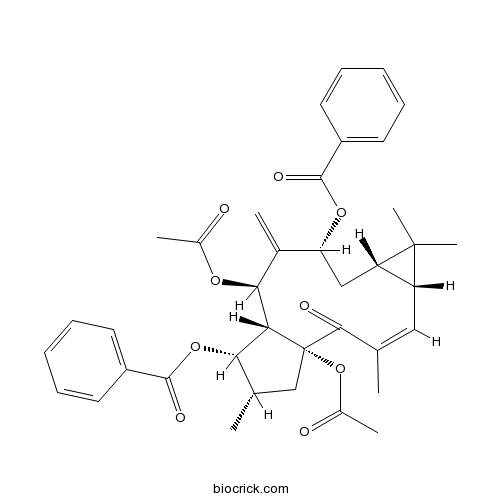
-
BCN1196
5,15-Diacetyl-3-benzoyllathyrol
5,15-Diacetyl-3-benzoyllathyrol is one of the lathyrane diterpenoids, that has anti-cancer activity.(CAS NO.:218916-52-0)
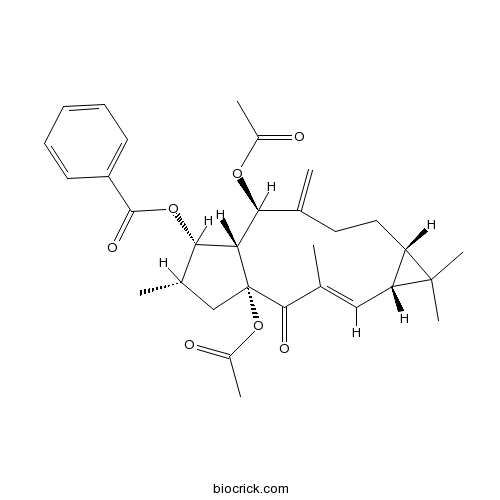
-
BCN3785
Euphorbia factor L8
Botanical source: The herbs of Euphorbia pekinensis Rupr.(CAS NO.:218916-53-1)
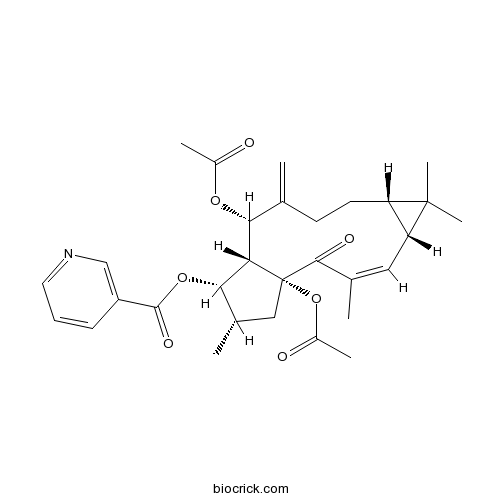
-
BCN4673
14-Deoxy-12-hydroxyandrographolide
Botanical source: The herbs of Andrographis paniculata (Burm. f.) Nees(CAS NO.:219721-33-2)
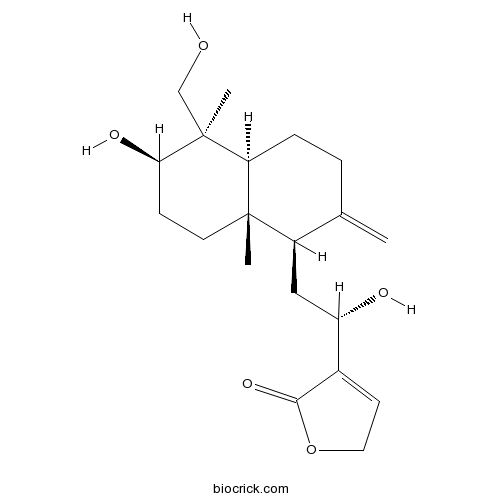
-
BCN6946
Taxezopidine L
Botanical source: The seeds of the Japanese yew Taxus cuspidata Sieb. et Zucc.(CAS NO.:219749-76-5)
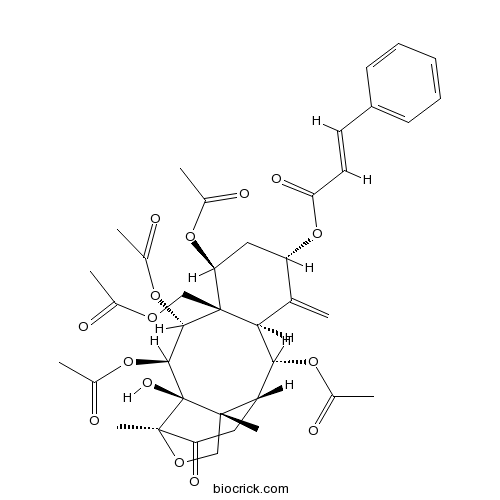
-
BCN7657
5,8,9,14-Tetraacetoxy-3-benzoyloxy-10,15-dihydroxypepluane
Botanical source: The herbs of Euphorbia peplus(CAS NO.:219916-77-5)
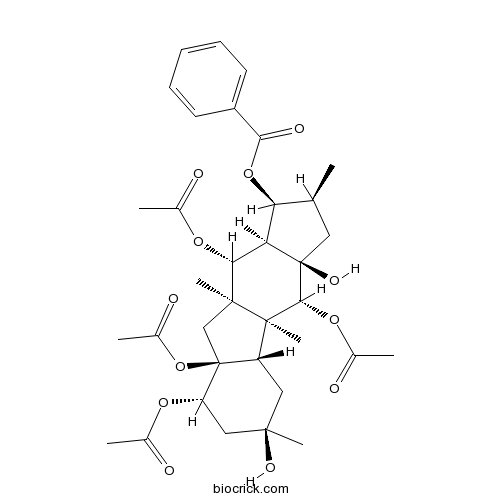
-
BCN8060
Triptohairic acid
Botanical source: The roots of Tripterygium wilfordii(CAS NO.:220209-71-2)
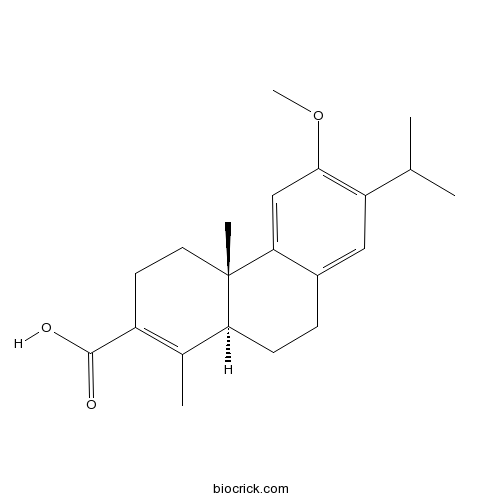
-
BCN7349
5-Epicanadensene
Botanical source: The branches of Taxus sumatrana.(CAS NO.:220384-17-8)
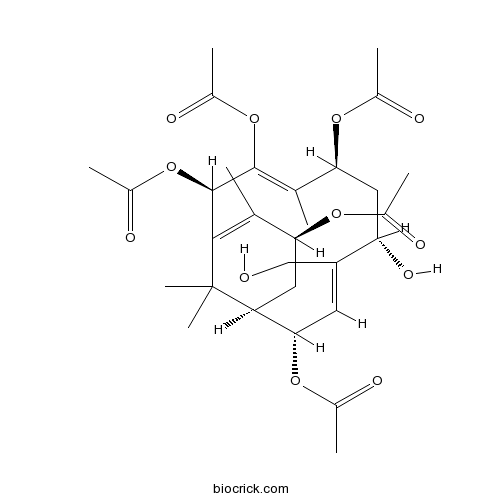
-
BCN7344
13-O-Cinnamoylbaccatin III
Botanical source: The barks of Taxus yunnanensis.(CAS NO.:220932-65-0)
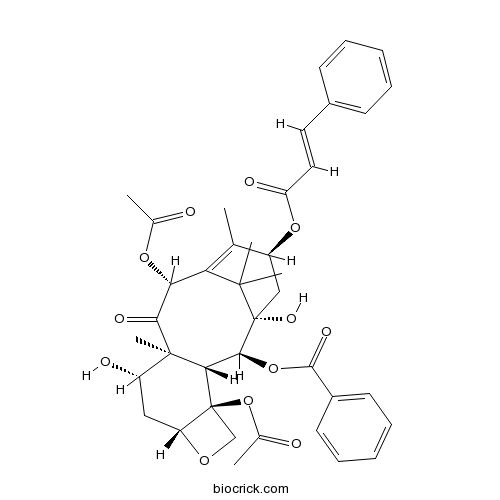
-
BCN4945
13-O-Deacetyltaxumairol Z
Botanical source: The barks of Taxus chinensis(CAS NO.:220935-39-7)
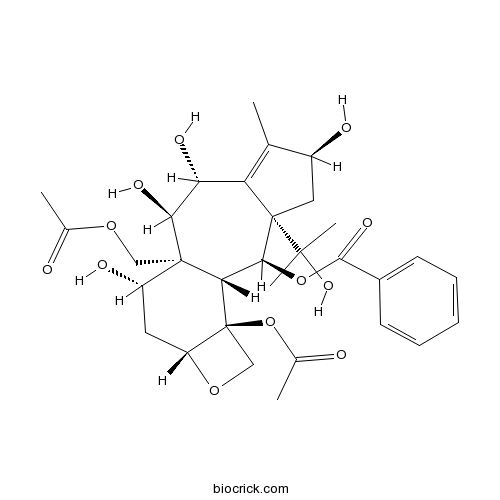
-
BCN3779
Fischeria A
Botanical source: The herbs of Euphorbia fischeriana(CAS NO.:221456-63-9)
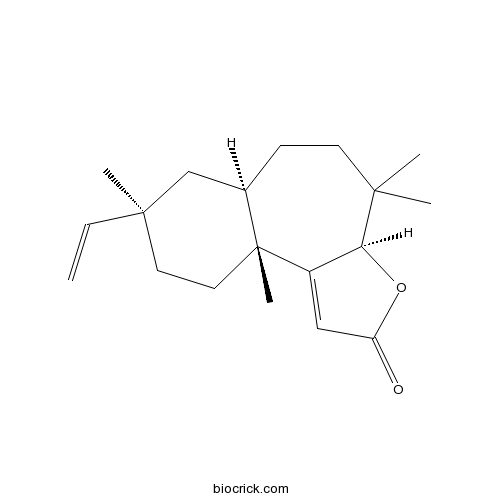
-
BCN4672
2-Oxokolavelool
Botanical source: The tubers of Sagittaria trifolia(CAS NO.:221466-41-7)
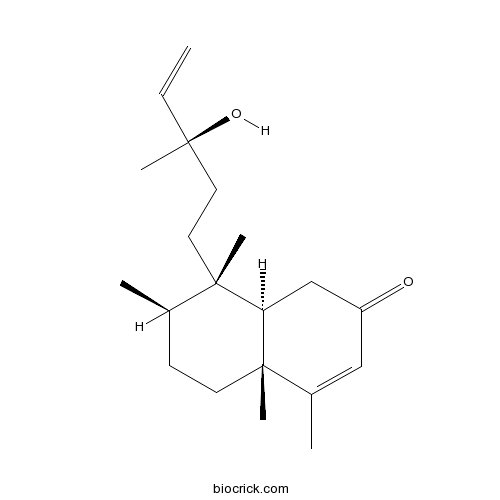
-
BCN4671
2 beta-Hydroxykolavelool
Botanical source: The tubers of Sagittaria trifolia(CAS NO.:221466-42-8)
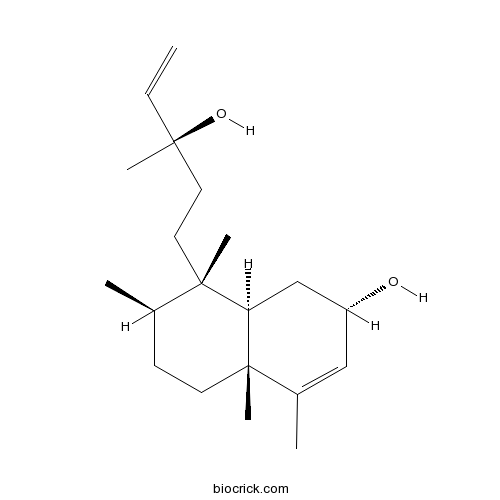
-
BCN4670
Grandiflorenic acid
Botanical source: The herbs of Siegesbeckia orientalis L.(CAS NO.:22338-67-6)
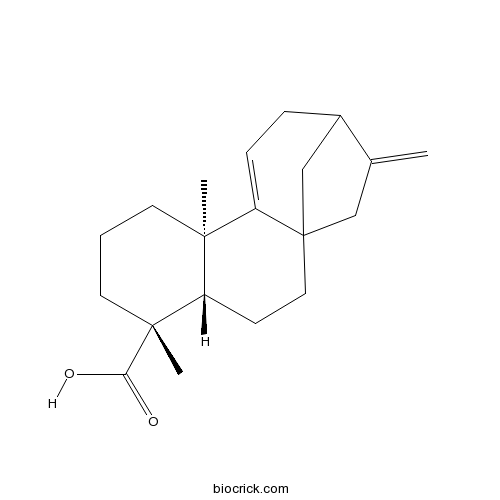
-
BCN4669
Grandifloric acid
Botanical source: The herbs of Siegesbeckia orientalis L.(CAS NO.:22338-69-8)
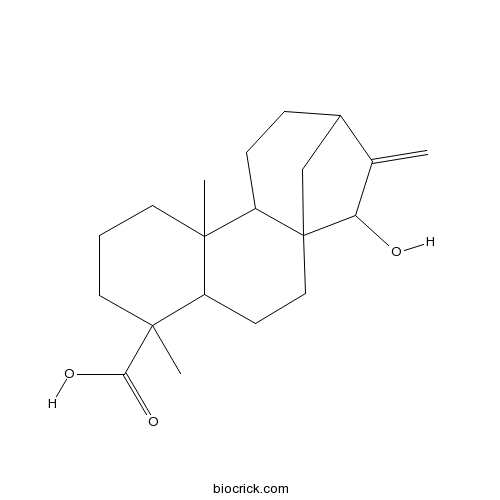
-
BCN3831
Incensole
Incensole, a 14-membered diterpenoid, is isolated from both essential oils and resins of frankincense. Incensole has shown anti-inflammatory and anti-depression activities due to their ability to activate ion channels in the brain to alleviate anxiety or depression.(CAS NO.:22419-74-5)
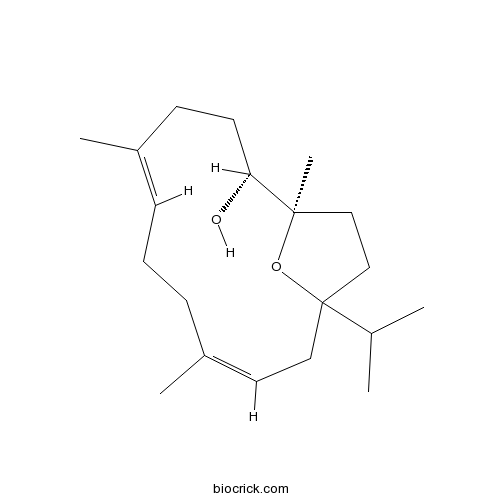
-
BCN5064
18-Norabieta-8,11,13-trien-4-ol
Botanical source: The herbs of Pinus yunnanensis(CAS NO.:22478-65-5)
